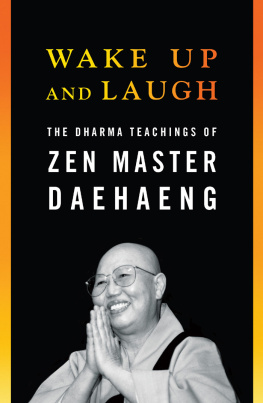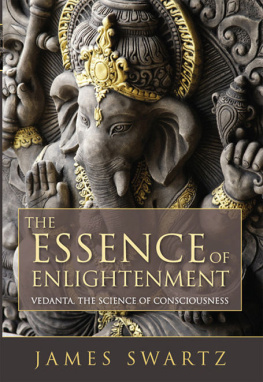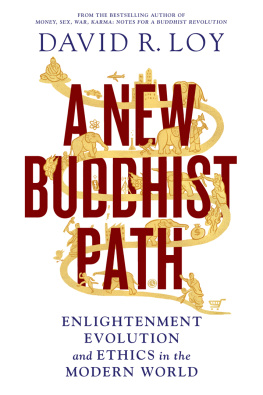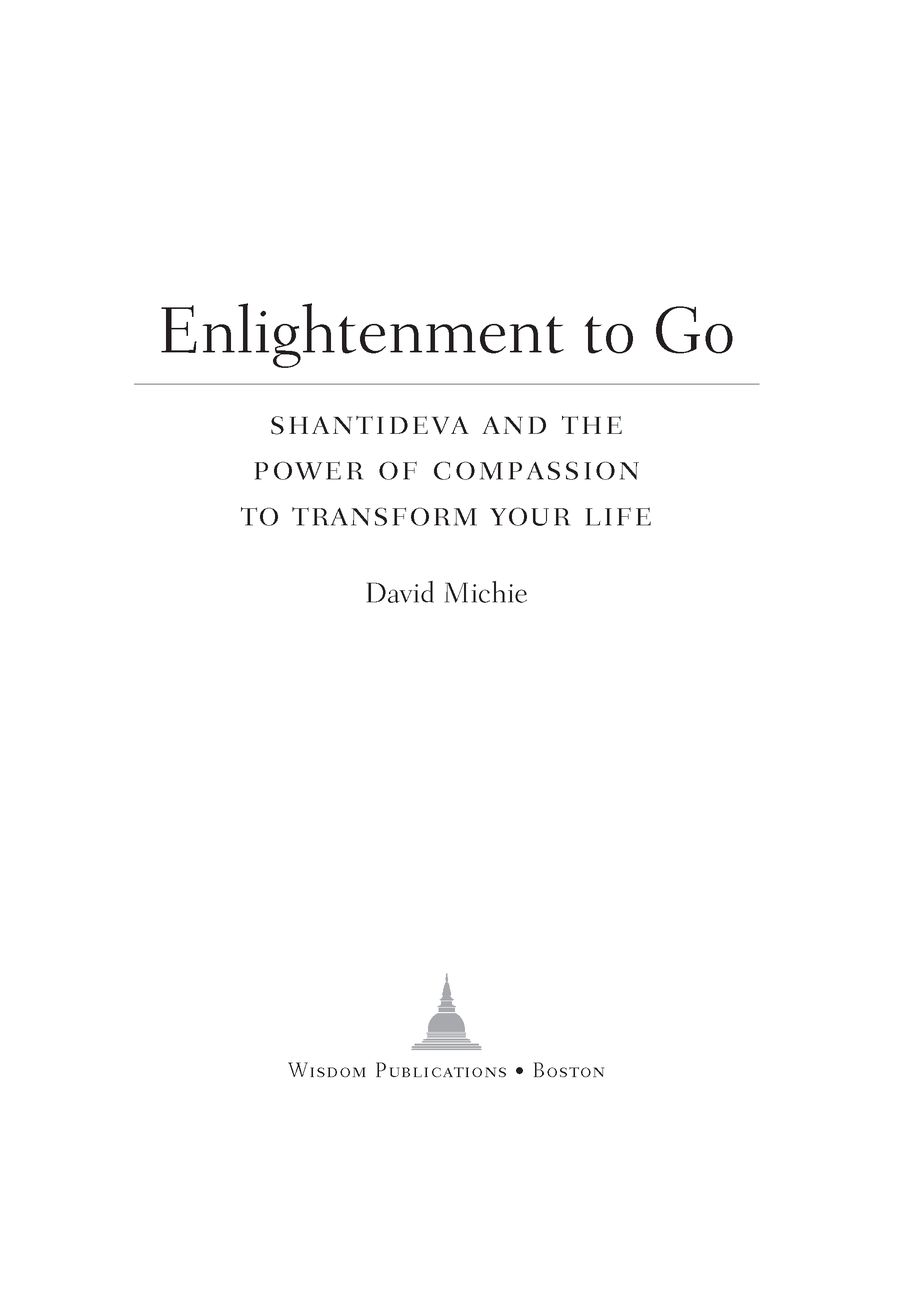Table of Contents
PRAISE FOR DAVID MICHIES EARLIER BOOKS
Michie demystifies the ancient teachings of Buddha and writes about them in an easy style.
Sunday Mail
Michie is as adept at the storytelling as he is at making the ancient tenets of the faith and meditation methods understandable and applicable to daily life.
Huffington Post
For those who have been searching for a sincere, accessible introduction to Tibetan Buddhismthis is your bookMichie employs storytelling and humor without being falsely enthusiastic or superficial.
Shambhala Sun
a humorous, wry look at Western problems that shows us how to use time-honored meditation techniques to find our way to the heart of Buddhas wisdom, and to distinguish between lasting happiness and temporary pleasure.
Mandala magazine
Michie condenses the virtues of Buddhism into a reasonably easy-to-navigate text that may go some way toward answering the big question, or at least provide a starting point for introspection.
Herald Sun
These were among the fastest 200+ pages I ever read. If Buddhism is a mirror, then Michie kindly holds it up for the reader. Heres the essence of Buddhism, and betterwhy it matters and how to access it.
Elephant Journal
The pursuit of happiness is a time-consuming rollercoaster ride with plenty of ups and downsespecially when we allow our galloping desires and our entrenched aversions to dominate our emotions each and every day. Tibetan Buddhism offers an alternative to this frenzied ride and David Michiedescribes this inner path to a more peaceful and rounded life.
Spirituality and Practice
You get the sense that this guy practices what he preaches.
Theres a confidence and peace that inspires.
Modern Sage Magazine
This book is dedicated with heartfelt gratitude to my Dharma teachers: Geshe Acharya Thubten Loden, Founder of the Tibetan Buddhist Society, and Les Sheehy, Director of the Tibetan Buddhist Society in Perth, Western Australia, whose kindness I can never repay and without whom this book could never have been written.
Introduction
If I have any understanding of compassion and the practice of the bodhisattva path, it is entirely on the basis of this text that I possess it.
THE DALAI LAMA SPEAKING ABOUT SHANTIDEVAS
GUIDE TO THE BODHISATTVAS WAY OF LIFE
OFTEN WHEN the Dalai Lama ends a public speech, a member of the audience will ask: Can you recommend a book that explains how to put Buddhist ideas into practice?
In all his forty years of teaching, the Dalai Lama has been remarkably consistent in the way he answers this question: Read Shantidevas Guide to the Bodhisattvas Way of Life. One of the great classics of Tibetan Buddhism, its pages contain all the advice and motivation you need to make Buddhas teachings part of your daily reality.
Shantidevas Guide is not only one of the most revered texts in Tibetan Buddhism, it is arguably one of the most remarkable books ever written. Composed by an eighth-century Buddhist monk in India around the same time as one of the earliest English-language compositions, the epic work of fiction Beowulf, Shantidevas Guide is a manual of advanced psychology. Writing to motivate his own practice, Shantideva authored what could well be called the worlds first self-help book, outlining specific techniques to reframe our experience of reality to achieve greater happiness and inner peace.
More than this, the Guide outlines a structured approach to the whole Tibetan Buddhist path, beginning with simple but powerful analytical tools and leading us, step by step, to the most profound realizations about the true nature of realityand of ourselves. The word bodhisattva in the title of Shantidevas book describes a person who wishes to achieve enlightenment to help free all other beings from suffering. The bodhisattva way of life may therefore be regarded as the ultimate expression of compassion.
Shantidevas Guide is extraordinary for many reasons. One thing I find amazing is that even though he wrote it in the eighth century, the wisdom it contains still has a direct application for us, here and now, in the twenty-first. More than twelve hundred years separate us from Shantideva, scratching at his parchment, trying to ignore the flicker of his oil lamp; nowadays we sit tapping at our computers, trying to ignore the ping of our email inbox. But in a more important sense, nothing has changed. Human nature is the same. We still strive for the same things. And no one has a more profound understanding of human nature than Shantideva.
Like all great spiritual teachers, Shantideva understood the power of metaphor to make explanations come alive. Like an embroidered tapestry his instructions are richly illuminated with images that tumble off the pagesvivid, earthy, and often quite unexpected. Shantideva had a poets understanding of language, and some of his stanzas are expressed with such poignancy and beauty that they rival the most lyrical passages of Shakespeare. I gather there are some verses that still move the Dalai Lama to tears, despite his years of familiarity with them.
THE BEST OF SHANTIDEVA
But the most astonishing thing of all about Shantidevas Guide is that it is still so little known in the West. Ask most people who Shantideva was and chances are youll be met with a blank expression, or a hesitant guessan Indian soccer player? A Bollywood actor? Before I became a regular Buddhist-class attendee in my early thirties, I had never heard of him, even though I am an arts graduate with a supposedly well-rounded education. Such is the parochial nature of Western culture that if you go into any reasonably well-stocked bookstore youll be sure to turn up a volume on Aristotle, Descartes, or Freud. But Shantideva? Well have to order that in for you, sir.
Even specialist Buddhist sections are likely to stock a variety of books by Buddhist lamas and other teachers, all of whom would readily acknowledge the preeminence of Shantideva, but not the great man himself.
This is perhaps understandable. Sitting down to read Shantideva unplugged can be daunting. In the same way that someone unfamiliar with classical music might be intimidated by the prospect of sitting through an entire Beethoven symphony, or a stranger to art might hesitate on the steps of a famous gallery, even though we may feel drawn to some new field of endeavor we face a simple problem: Where on earth do we begin? Even the name of his Guide, sometimes published under its multisyllabic Sanskrit title, the Bodhicharyavatara , is somewhat confronting. Without someone to give us the background, to explain the significance of this symbol or that reference, and to target the new material to our own experience and understanding, its easy to put any such new interest in the too hard basket.
But with a guide to point out features of importance, and above all, to bring the whole subject alive with his or her own enthusiasm and purpose, then our new interest can quite naturally develop as a source of fresh inspiration.
In writing this book, I hope to be just such a guide. Enlightenment to Go


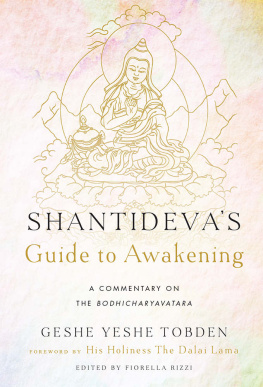
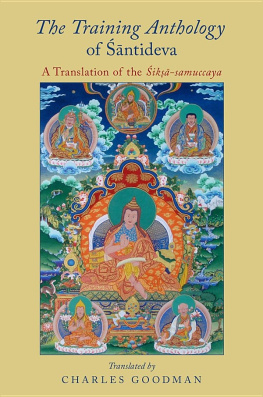
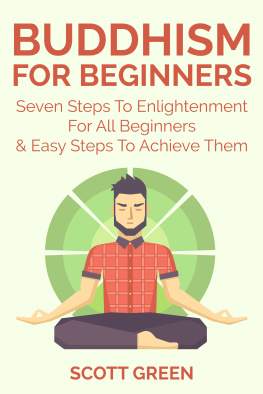
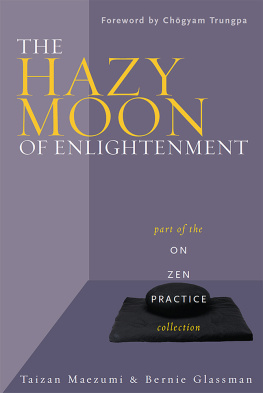
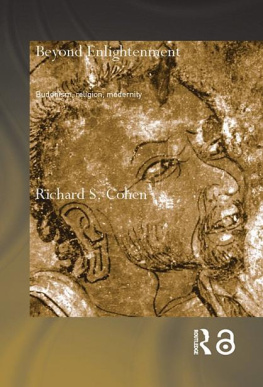

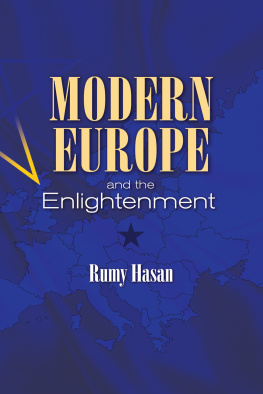
![Dalaï Lama XIV. - An introduction to Buddhism: [teachings on the Four noble truths, The eight verses on training the mind and the Lamp for the path to enlightenment]](/uploads/posts/book/207935/thumbs/dala-lama-xiv-an-introduction-to-buddhism.jpg)
